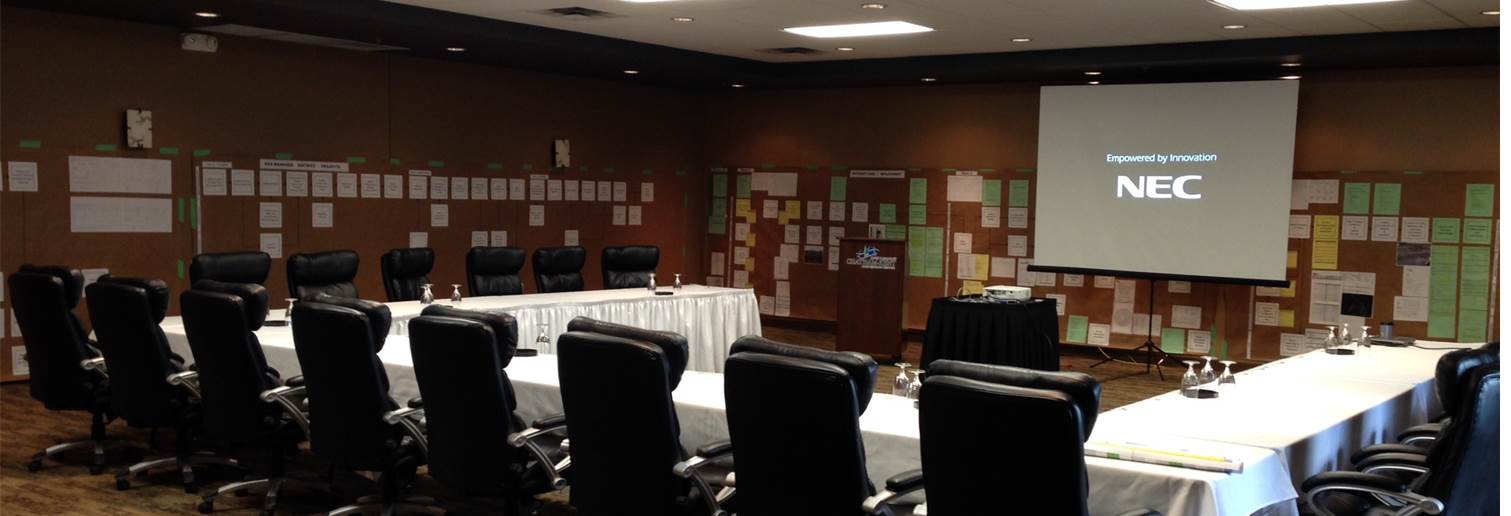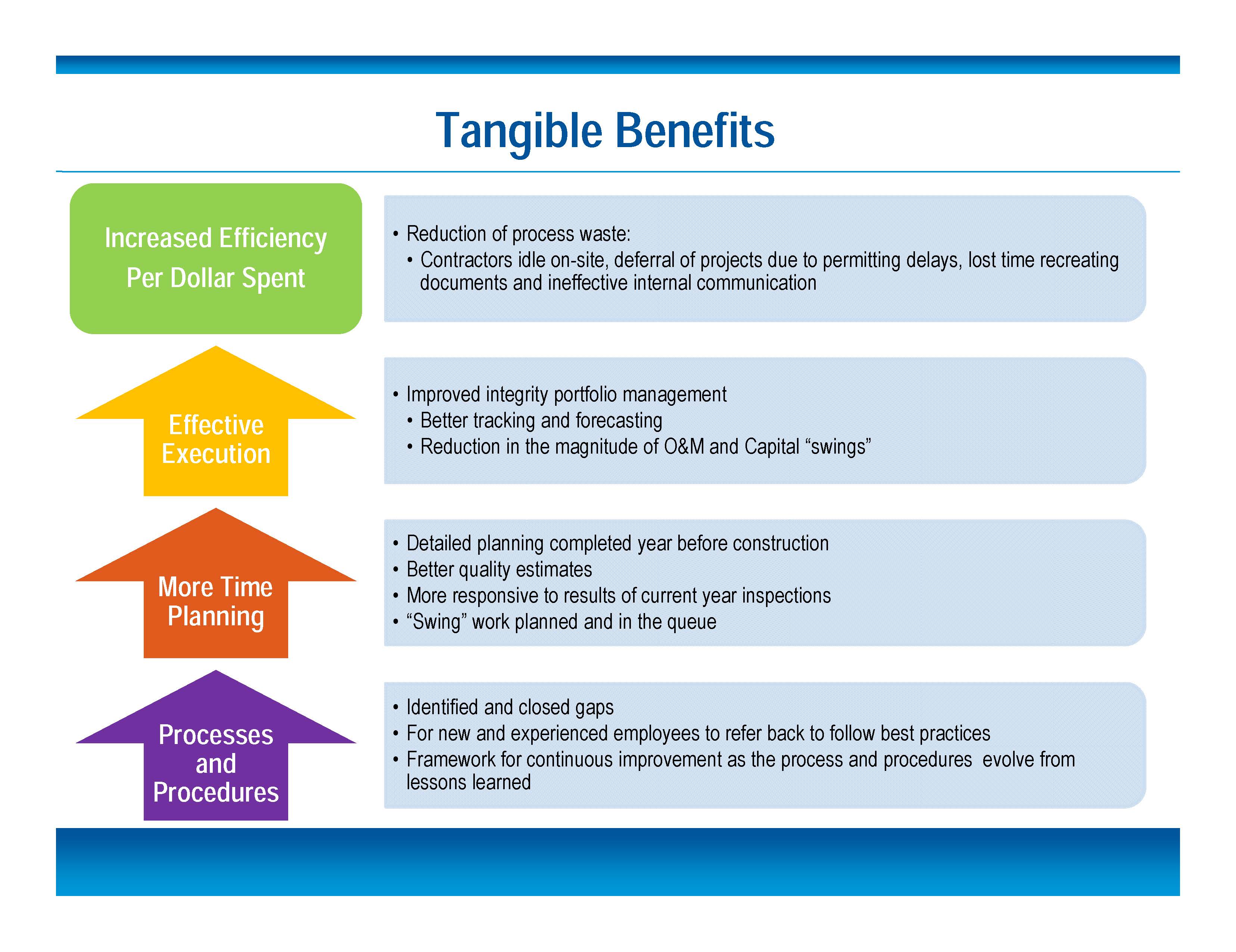Proper Documentation Can Improve Pipeline Integrity
With projects across the globe, the variety of clients our company works with has given me the chance to learn about specific processes utilized in certain industries that I would never have otherwise known about. Recently, USCCG completed a pipeline integrity project for an Oil and Gas company in North America. I reached out to Ben Harper, Project Manager with USCCG, to get the inside scoop on his team’s strategy, process implementation, and end results.
Understanding Pipeline Integrity
Pipeline Integrity encompasses two areas: In-line Inspection and Digging. In-line inspection is the process of investigating the integrity of pipelines through internal inspection via a highly specialized and intelligent pipe diagnostic tool which is pushed through the pipeline being investigated from point A to point B. The data received from this process is analyzed and then utilized in preparing a prioritized maintenance schedule. It’s sometimes called Pigging by employees, as earlier generations of the tools used were said to sound like a screaming pig as they were sent through the pipes. Due to the level of technology and proprietary knowledge of the technology in the tools they are owned by outside vendors. These vendors are selected based on the pipes design and their tools’ specs, dimensions, and capabilities. The Digging involves unearthing the pipes and either replacing or cutting-out pieces based on the results of the inspection.
Our Client’s Situation
The client team was made up of engineers, who were very particular about documenting and following the processes and procedures outlined in their department’s manuals. Since integrity projects are typically uncomplicated and relatively inexpensive, these projects have become the training ground for new and inexperienced project engineers. Unfortunately, they relied heavily on antiquated, and in some cases non-existent/non-applicable, processes and procedures. Thus, a major issue was that new employees were too often learning from their mistakes and depending too much on the support of more experienced employees. Furthermore, each individual was developing tools and reports to plan and execute, and of course, report their version of the process, creating a vast litany of unique reports capturing data relevant only to the user.
Our Team’s Objective
Our engagement was to review and improve our client’s handling of Pipeline Integrity projects (focus on In-line Inspections), Storage and Transmission buildings (STO), and Turn-key projects, while enhancing and developing a standard tool kit for new engineers to rely on. Upon our analysis of the gaps in their processes and procedures, it was clear that most of the issues were related to Integrity. While the Integrity projects represented a smaller portion of their budget, it represented a significant percentage by units of work. As the larger STO and Turn-key projects were generally handled following a larger divisions process and procedures, we encouraged an approach which would comprehensively encompass Integrity projects, all the while applying lessons learned in the Integrity processes to the larger projects.
Developing the Process
We conducted several “brown paper” meetings which included representatives from all of the support departments under the Engineering Construction umbrella – such as pipeline design, pipeline engineering, planning, etc. From these meetings we developed the ideal state process flow models which outlined all the steps and responsibilities in the project.
During our analysis phase, we also identified some tools and information gaps that our team worked on throughout the ideal state development. From all of the data that was captured during and after past integrity projects, they never attempted to capture the operational information that would simplify and improve future projects, as the pipelines are basically the same when they return two years later.
Creating the Tools
From all of the available information, we created a high-level estimating tool that would enable any employee, new or experienced, to generate a high-level estimate of the project. This was important as they relied heavily on the knowledge of one experienced individual to create the integrity budget each year. This tool enables the managers to build their own high-level estimates if changes to the project scope occur.
We also built another simple, but helpful tool: a standard estimating template in excel. It begin as a quick excel report and over 10 weeks our team developed the “Project Workbook” which included the budget template, along with project tracking aligned with their SAP, burn-rate/project outlook, and a summary tab with two documents that were auto-filled to submit to accounting. This eliminated the need for employees to estimate information that was not available or leave out relevant information, as they had done in the past because previous budgets were all unique or ad-hoc remodels of old projects.
The Results
Throughout the development of the processes and procedures for In-line Inspections, Digging, and Turn-key, we also addressed and closed 14 gaps such as the examples above. We standardized frequently used documents and assisted in the alignment of their documents to other departments and necessary requirements. This project is considered a cost avoidance project, as it is extremely hard to put a financial value to the installation of these benefits. At the end, we were able to provide our client with tangible benefits to the completed work, outlined below.
Pennies Make Dimes and Dimes Make Dollars
This project emphasizes the value of having a strong and well-developed process model for smaller high volume projects that are executed on a routine basis. The small dollar value associated with Integrity processes accumulates over the number of times it is executed on a yearly basis by in-experienced engineers. While this enhancement may appear small, it is these small improvements in a large company that provide competitive advantages.







